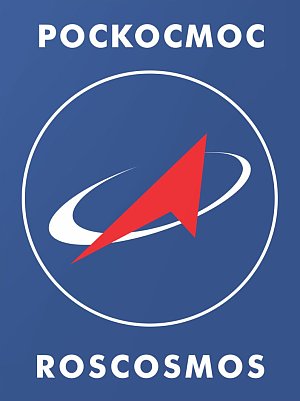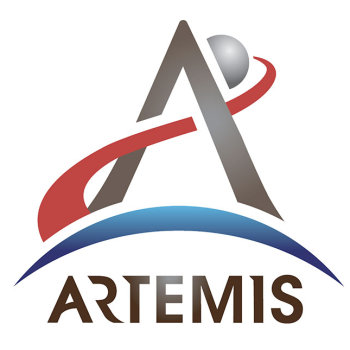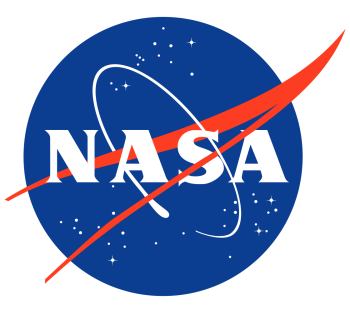Virginia’s politicians whine about a NASA plan to close the visitor center at Wallops
Chicken Little on the march! Virginia’s representatives are now in a panicked tizzy because it appears NASA is considering closing the visitors center at the Wallops Island spaceport on the Eastern Shore of Virginia.
Members of Virginia’s congressional delegation were shocked by news of the potential closure of the NASA Wallops Flight Facility Visitor Center and worry it will negatively impact the Eastern Shore’s economy.
Employees at Goddard Space Flight Center and Wallops received word last week that management planned to close several facilities, including NASA Wallops Flight Facility Visitor Center — and federal workers asked for congressional support to preserve the local landmark.
Congresswoman Jen Kiggans, a Republican who represents Virginia’s 2nd District, said the proposed closure came as a shock. In a statement, she said was committed to supporting NASA Wallops staff. “This is an unacceptable and drastic step that will have a significant impact on local employees, residents, and visitors,” Kiggans said. “My staff and I are in contact with NASA to better understand the reasoning behind this reported decision as it is contradictory to the proposed House budget. Wallops has long been a vital part of our community, and we will do everything we can to support the work that’s done there and the people who work there.”
Nor is Kiggans the only politican whining. The article includes similar quotes from Democrat senators Mark Warner and Tim Kaine, as well as local state representative Rob Bloxom. All make the absurd claims that closing this one visitor center will destroy American civilization in Virginia.
And as usual for our propaganda press, no alternative opinions are offered. The only side that gets pushed is the pro-spending side.
What crap. NASA’s job is to foster a vibrant American space industry, by either developing or encouraging the development of actual technologies that can be used for this purpose. A visitor center has nothing to do with this job.
Moreover, such a visitor center employs a relatively small number of people. The economy of the Eastern Shore is not going to collapse by its closure. In fact, the economy won’t really notice it is gone in any significant way.
If we can’t cut the budget in this small way, we will never cut anything, and the country is doomed.
Chicken Little on the march! Virginia’s representatives are now in a panicked tizzy because it appears NASA is considering closing the visitors center at the Wallops Island spaceport on the Eastern Shore of Virginia.
Members of Virginia’s congressional delegation were shocked by news of the potential closure of the NASA Wallops Flight Facility Visitor Center and worry it will negatively impact the Eastern Shore’s economy.
Employees at Goddard Space Flight Center and Wallops received word last week that management planned to close several facilities, including NASA Wallops Flight Facility Visitor Center — and federal workers asked for congressional support to preserve the local landmark.
Congresswoman Jen Kiggans, a Republican who represents Virginia’s 2nd District, said the proposed closure came as a shock. In a statement, she said was committed to supporting NASA Wallops staff. “This is an unacceptable and drastic step that will have a significant impact on local employees, residents, and visitors,” Kiggans said. “My staff and I are in contact with NASA to better understand the reasoning behind this reported decision as it is contradictory to the proposed House budget. Wallops has long been a vital part of our community, and we will do everything we can to support the work that’s done there and the people who work there.”
Nor is Kiggans the only politican whining. The article includes similar quotes from Democrat senators Mark Warner and Tim Kaine, as well as local state representative Rob Bloxom. All make the absurd claims that closing this one visitor center will destroy American civilization in Virginia.
And as usual for our propaganda press, no alternative opinions are offered. The only side that gets pushed is the pro-spending side.
What crap. NASA’s job is to foster a vibrant American space industry, by either developing or encouraging the development of actual technologies that can be used for this purpose. A visitor center has nothing to do with this job.
Moreover, such a visitor center employs a relatively small number of people. The economy of the Eastern Shore is not going to collapse by its closure. In fact, the economy won’t really notice it is gone in any significant way.
If we can’t cut the budget in this small way, we will never cut anything, and the country is doomed.








